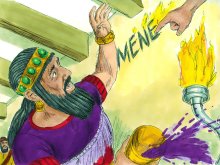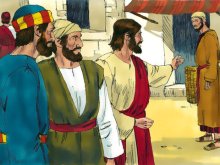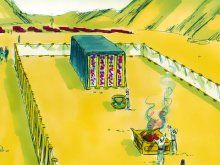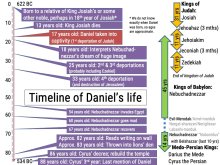Kings in the time of Daniel
By Mark Morgan | Daniel , Jeremiah , Timelines

While writing a story about Daniel over the last five years, I knew that I would finally get to the stage where I needed to make decisions about the later kings of Babylon in the time of Daniel. The history in the early parts of Daniel’s life is fairly much agreed upon and fits well with the Bible. However, the agreement fades away as we consider the following fifty years of history. After a lot of study of the Bible’s records – which I consider to be the inspired word of God – I cannot embrace the generally-accepted lists of kings of Babylon, Media and Persia during the sixth century BC (eg. List of Kings of Babylon (Wikipedia) or List of Kings of Babylon (Jatland).









